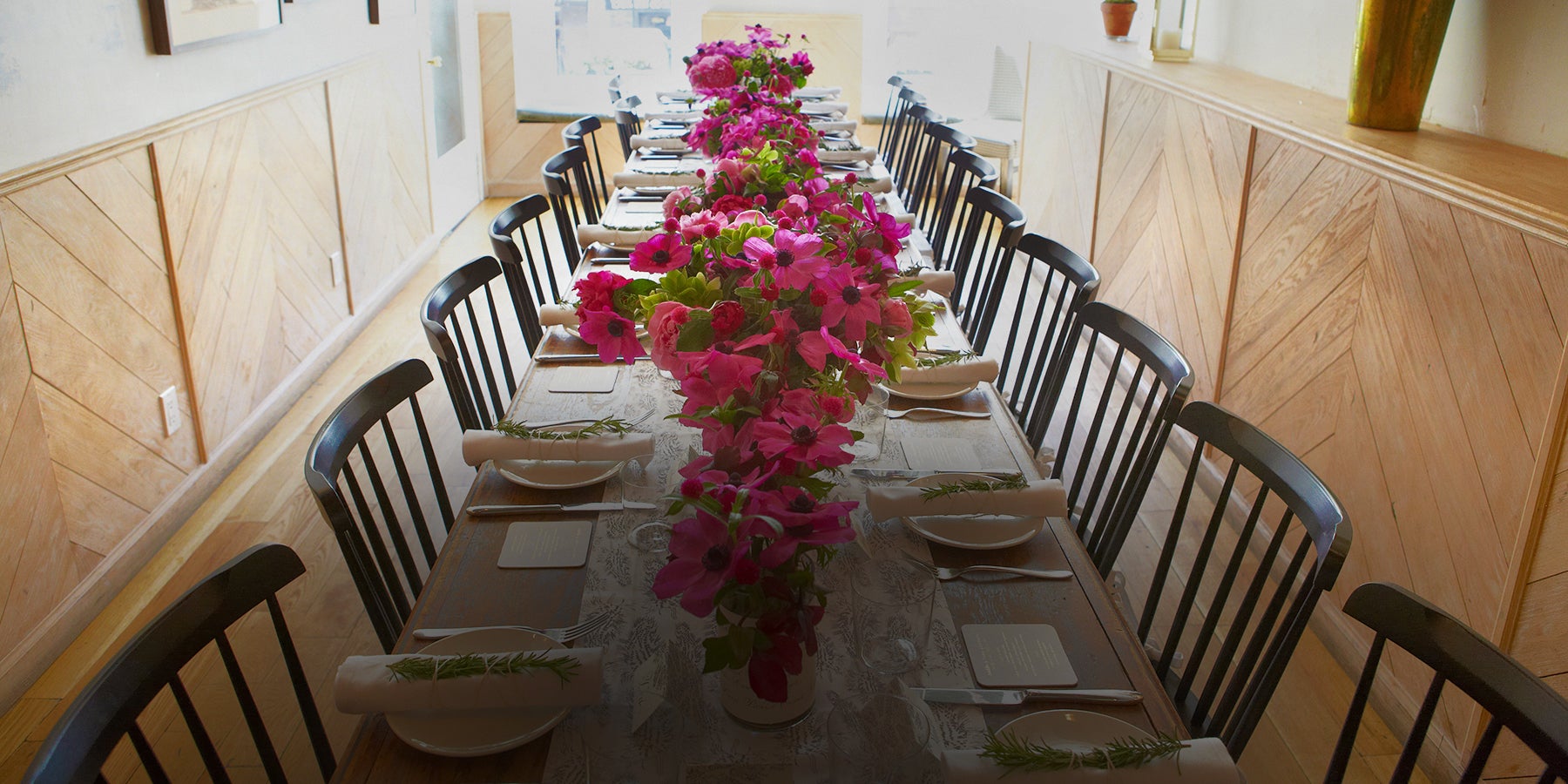

Tableware
When Did Modern Table Settings Begin?
Modified: April 22, 2024
Discover the history of modern table settings and learn about the origins and evolution of tableware. Explore the fascinating journey of how table settings have transformed over time.
(Many of the links in this article redirect to a specific reviewed product. Your purchase of these products through affiliate links helps to generate commission for Storables.com, at no extra cost. Learn more)
Introduction
Table settings have been an integral part of dining culture for centuries, playing a vital role in creating a visually appealing and organized dining experience. From the ancient civilizations to the modern era, the way tables are set has evolved significantly, reflecting changes in social norms, aesthetics, and functionality.
In this article, we will delve into the origins of table settings, explore their evolution throughout history, discuss the influence of etiquette and formality, and highlight modern innovations in table settings. By the end, you will have gained a comprehensive understanding of how table settings have shaped the way we dine today.
So, grab your virtual seat at the table and let’s embark on a journey through the intriguing world of tableware and its fascinating history.
Key Takeaways:
- Table settings have evolved from ancient communal dining to modern innovations, reflecting changes in societal norms, etiquette, and sustainability. The art of setting the table is a dynamic reflection of cultural values and personal expression.
- The history of table settings showcases the fusion of tradition and innovation, from opulent Victorian displays to eco-friendly, tech-savvy modern designs. The evolution of tableware continues to shape the dining experience, catering to diverse tastes and lifestyles.
The Origins of Table Settings
The concept of table settings can be traced back to ancient civilizations, where communal dining played a significant role in social interaction and cultural practices. In ancient Egypt, for example, tables were often low and made of stone or wood, with individuals sitting on cushions or mats around them.
Throughout history, different cultures developed their unique table setting customs. In ancient Greece, elaborate banquets were held, with guests reclining on couches and sharing food and drinks. Romans, on the other hand, adopted a more formal approach, using individual dining tables and emphasizing proper etiquette.
As civilizations progressed, so did the table settings. In medieval Europe, the feudal system shaped the dining experience. Wealthy noble families held large feasts, where table settings became a symbol of wealth and status. Intricate silverware, ornate centerpieces, and fine linens adorned the dining tables, showcasing the opulence of the host.
During the Renaissance period, table settings became even more elaborate. Fine porcelain and crystal glassware were introduced, adding an element of sophistication to the dining experience. The French monarchy also played a significant role in influencing table settings, with King Louis XIV establishing strict rules of etiquette and formality.
As the world moved into the Industrial Revolution, advancements in manufacturing and the rising middle class led to changes in table settings. Settlers in America adopted their own cultural customs, combining influences from various European traditions.
Overall, the origins of table settings can be traced back to various civilizations and cultural practices. These early customs laid the foundation for the evolving art and functionality of tableware that we see today.
The Evolution of Table Settings throughout History
Throughout history, table settings have undergone significant transformations, reflecting changes in societal norms, cultural influences, and technological advancements. This evolution emphasizes the importance of knowing how to set your table properly, blending traditional practices with modern styles.
During the Renaissance period, table settings became more refined and elaborate. The introduction of fine porcelain and crystal glassware added elegance to the dining experience. Elaborate centerpieces adorned the tables, often featuring intricate floral arrangements or sculptures.
In the Victorian era, table settings reached their peak of opulence and formality. The influence of Queen Victoria and her emphasis on propriety and etiquette influenced dining customs. Elaborate dining rituals and rules were established, and the table setting became a visual feast, with multiple courses and a plethora of decorative elements. The use of fine china, sterling silver cutlery, and ornate napkin folds became the norm.
However, as the 20th century dawned, table settings underwent a significant shift. The rise of industrialization and the decline of traditional aristocracy led to a more casual and practical approach to dining. The use of simpler tableware and less formal settings became more common.
The mid-20th century witnessed the emergence of modern design movements, such as Art Deco and Mid-Century Modern. These influences shaped the aesthetics of tableware, with sleek and minimalist designs becoming popular. Functionalism and simplicity became the guiding principles, with an emphasis on practicality and ease of use.
With the advent of globalization and cultural exchange, table settings began to incorporate influences from around the world. Ethnically diverse cuisine gained popularity, resulting in the need for versatile and adaptable tableware. The introduction of new materials such as melamine and stainless steel further revolutionized the industry, offering durable and affordable options for everyday dining.
Today, table settings reflect a fusion of tradition and innovation. While formal dining occasions still call for sophisticated tableware and meticulous arrangements, casual dining has become more relaxed and personalized. Mixing and matching different styles, colors, and textures has become a popular trend, allowing individuals to express their unique tastes and personalities.
The evolution of table settings throughout history is a testament to the ever-changing nature of dining culture and the adaptability of tableware to suit the needs and preferences of each era.
The modern table setting as we know it today began to take shape in the 18th century, with the introduction of specific utensils and the use of individual place settings.
The Influence of Etiquette and Formality on Table Settings
Etiquette and formality have played a significant role in shaping table settings throughout history. From ancient civilizations to modern society, proper table manners and customs have guided the arrangement and use of tableware.
In the Middle Ages, table settings were a reflection of one’s social status and wealth. The wealthy nobility celebrated grand feasts, where table settings were elaborate and meticulous. Etiquette books of the time outlined strict rules on dining decorum and the proper placement of utensils, highlighting the importance of showcasing refinement and sophistication.
The influence of etiquette reached its peak during the Renaissance and Victorian eras. These periods emphasized the importance of proper behavior, decorum, and adherence to social hierarchies. Particular attention was given to the arrangement of tableware, with strict rules dictating the positioning of each utensil, plate, and glass. Etiquette manuals served as guides, outlining the intricacies of formal dining, including the correct use of each utensil and the proper handling of napkins.
With the rise of industrialization and the decline of aristocracy, the strict formality of table settings began to shift. Casual dining became more prevalent, and formal dining occasions were reserved for special events. However, even in casual settings, basic table etiquette remained important, such as using utensils in the appropriate order and placing the napkin on one’s lap.
In modern times, table settings have become more flexible, reflecting the diverse dining experiences in today’s world. While formal occasions may still call for a more traditional approach, casual settings allow for greater creativity and personalization. However, basic table etiquette continues to play a role, such as not placing elbows on the table, using utensils instead of hands, and engaging in polite conversation.
Formality and etiquette also extend to the selection of appropriate tableware for different occasions. Formal events may warrant fine china and silverware, while casual gatherings may call for more relaxed and durable options. The choice of tablecloth, napkins, and centerpieces can also influence the overall formality and ambiance of the table setting.
Ultimately, etiquette and formality continue to shape table settings, serving as a guide for proper behavior and setting the tone for various dining experiences. Whether formal or casual, adhering to basic table manners and incorporating appropriate elements can enhance the dining experience and create a sense of elegance and refinement.
Modern Innovations in Table Settings
In the modern era, table settings have seen a multitude of innovations that have revolutionized the way we dine. Technology, changing lifestyles, and a desire for convenience have all contributed to the development of new and exciting trends in tableware.
One notable innovation is the introduction of eco-friendly and sustainable materials in tableware. With the increasing awareness of environmental issues, many individuals and businesses are opting for biodegradable and reusable alternatives to traditional disposable tableware. Bamboo, palm leaves, and compostable materials are being used to create elegant and eco-conscious plates, cups, and utensils.
In addition to sustainable materials, modern table settings are incorporating innovative features that enhance functionality and convenience. For example, some tableware sets now come with built-in compartments or slots to hold utensils, making it easier to set the table and keep everything organized. Others include stackable and nestable designs, saving space in storage and transportation.
Technological advancements have also had a significant impact on table settings. Smart tableware equipped with sensors and actuators can monitor temperature, weight, and even dietary preferences. This allows for a more customized dining experience, with the ability to adjust heating levels or receive personalized dietary suggestions.
The integration of technology extends beyond the tableware itself. Digital menus and ordering systems are becoming more common in restaurants, enhancing efficiency and reducing paper waste. Additionally, interactive tabletops equipped with touchscreens or projectors offer a unique dining experience, allowing guests to browse menus, play games, or even order food directly from the table.
Another area of innovation in modern table settings is the incorporation of creative and artistic elements. Decorative tableware, such as patterned plates, artistic glassware, and unique utensil designs, adds a touch of flair and personalization to the dining experience. Creative centerpieces, innovative table linens, and unique serving vessels are also being used to create visually stunning table settings that captivate guests.
Lastly, the concept of “mix and match” has gained popularity in modern table settings. Instead of adhering strictly to a uniform set of tableware, individuals are embracing the freedom to mix different styles, colors, and patterns. This allows for a personalized and eclectic table setting that reflects individual taste and creativity.
Innovation in table settings continues to evolve, driven by factors such as sustainability, convenience, technology, and personal expression. Whether it is adopting eco-friendly materials, integrating smart features, or exploring artistic elements, these modern innovations enhance the dining experience, making it more enjoyable, efficient, and visually appealing.
Conclusion
Table settings have come a long way, evolving from simple arrangements in ancient civilizations to elaborate displays in medieval times, and finally to the modern innovations we see today. Throughout history, table settings have been influenced by etiquette, formality, and cultural norms, reflecting the social dynamics of each era.
The origins of table settings can be traced back to ancient civilizations such as Egypt and Greece, where communal dining and cultural practices shaped the way tables were set. As time progressed, table settings became more elaborate and extravagant, serving as a symbol of wealth and status in societies like medieval Europe.
The influence of etiquette and formality on table settings reached its height during the Renaissance and Victorian eras. Meticulous rules and rituals were established, governing the placement of utensils, the use of napkins, and the overall decorum of formal dining occasions. But as the 20th century unfolded, table settings grew more relaxed and practical, reflecting changing social dynamics and the rise of casual dining.
Today, innovation has taken center stage in the world of table settings. Eco-friendly materials, smart features, and creative designs have revolutionized the way we set our tables. Sustainable materials are being used to create elegant and environmentally conscious tableware, while technology has introduced smart tableware that can cater to personalized dining experiences. The integration of technology beyond the tableware itself, such as digital menus and interactive tabletops, has further enhanced the dining experience.
Furthermore, personal expression and individual creativity have become integral to modern table settings. Mixing and matching different styles, colors, and patterns allows individuals to showcase their unique tastes and create visually stunning tablescapes.
In conclusion, table settings have evolved throughout history, influenced by cultural practices, etiquette, formality, and technological advancements. From the ancient civilizations to the modern era, the way tables are set has been a reflection of societal values, personal expression, and the desire for efficiency and sustainability. As we move forward, the world of table settings will undoubtedly continue to transform, adapt, and inspire us, making each dining experience a feast for the senses.
Frequently Asked Questions about When Did Modern Table Settings Begin?
Was this page helpful?
At Storables.com, we guarantee accurate and reliable information. Our content, validated by Expert Board Contributors, is crafted following stringent Editorial Policies. We're committed to providing you with well-researched, expert-backed insights for all your informational needs.
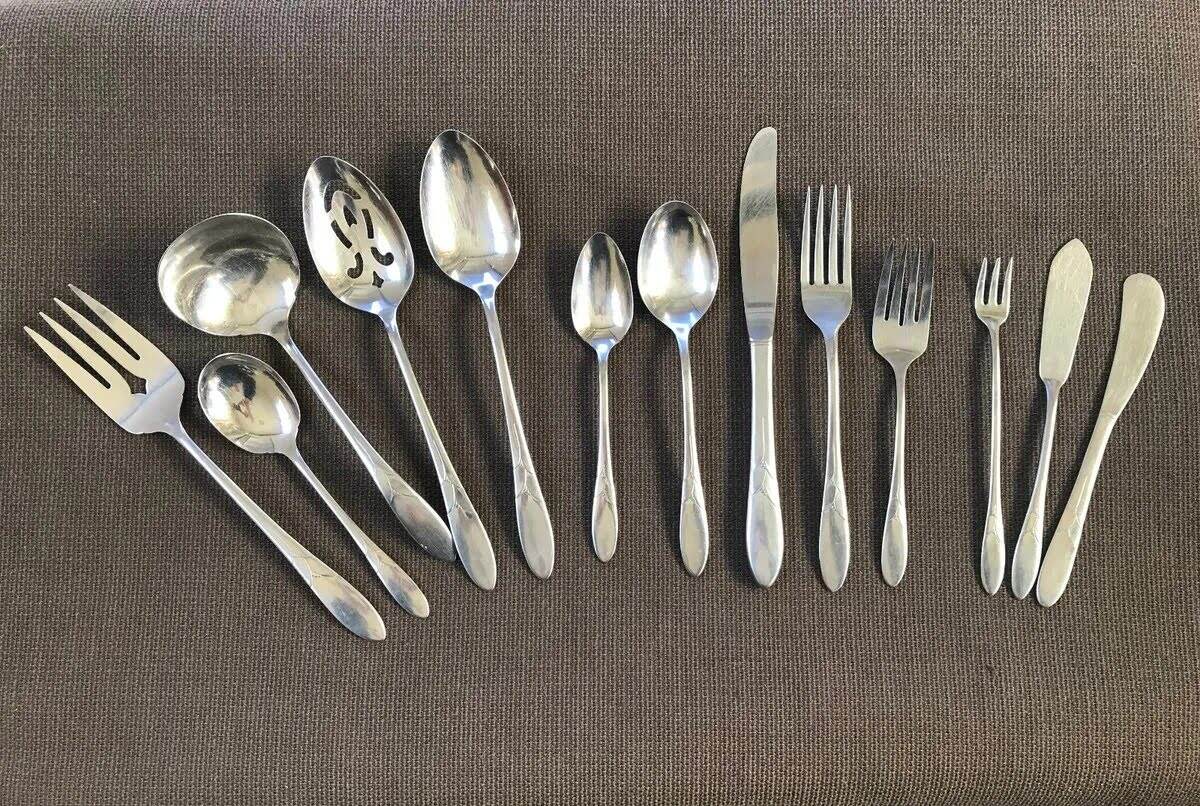


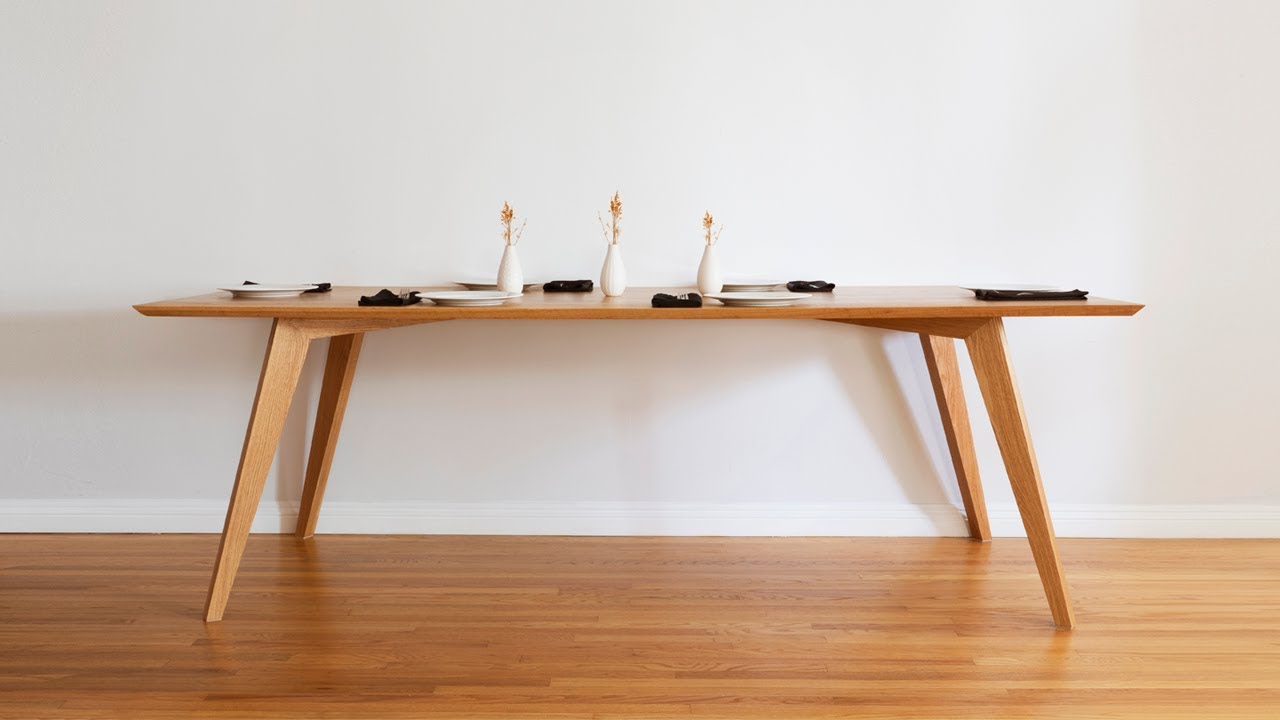
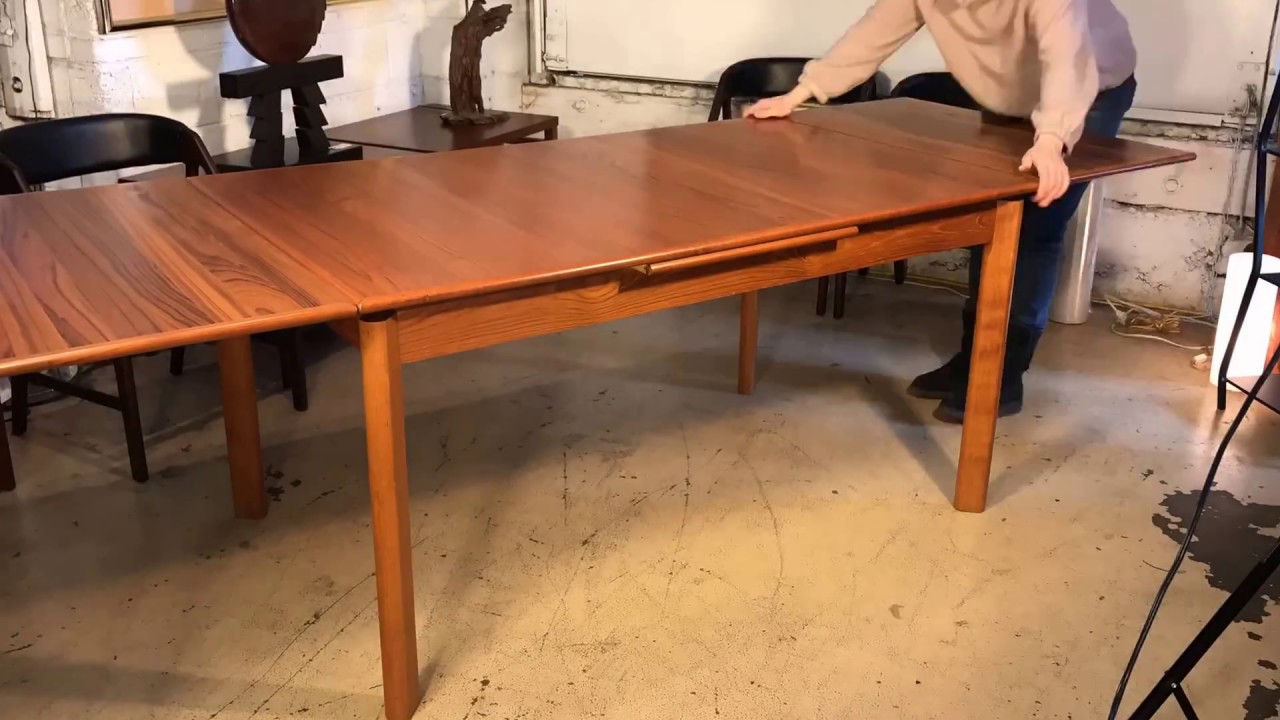
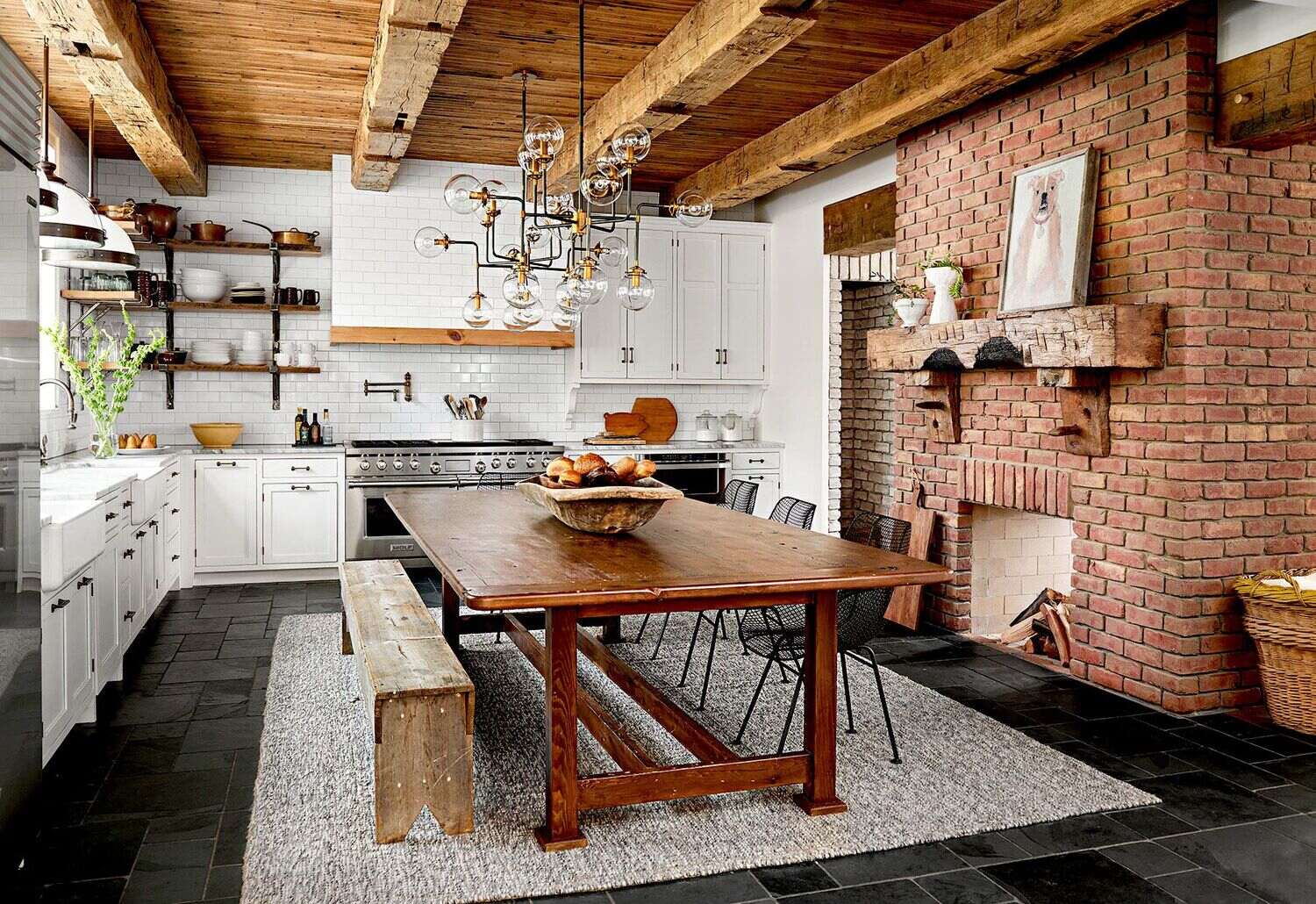
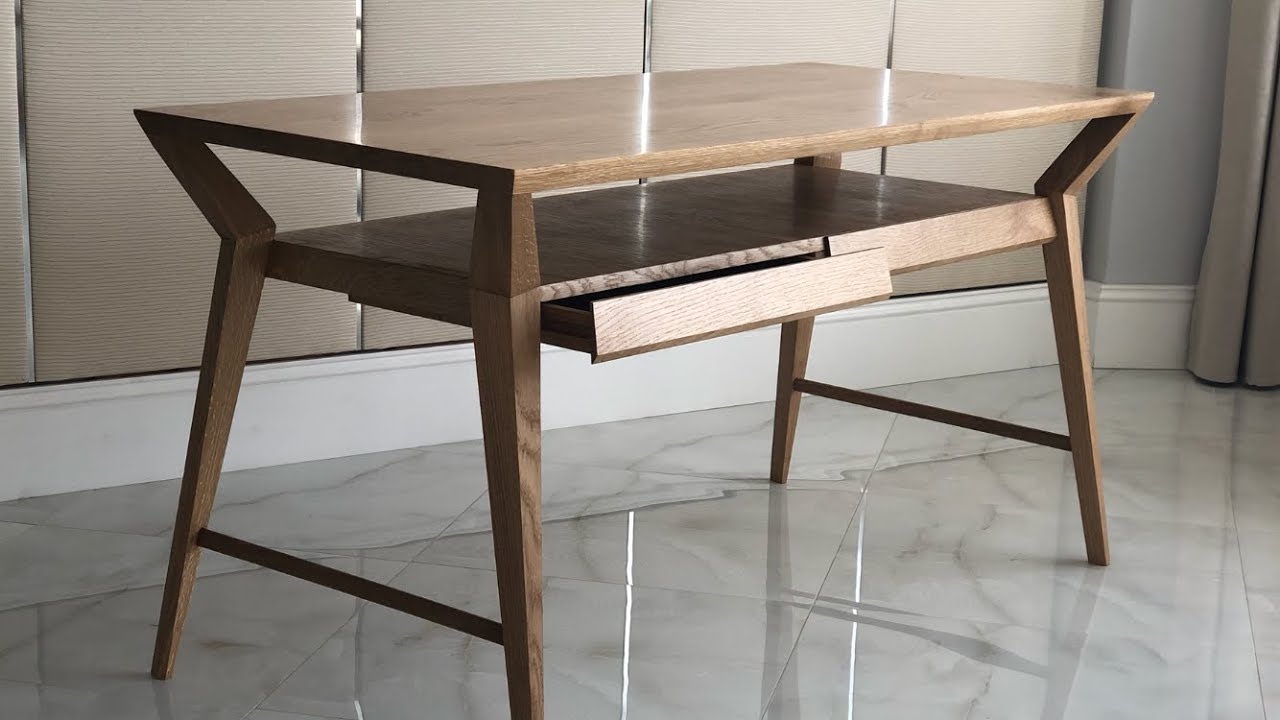
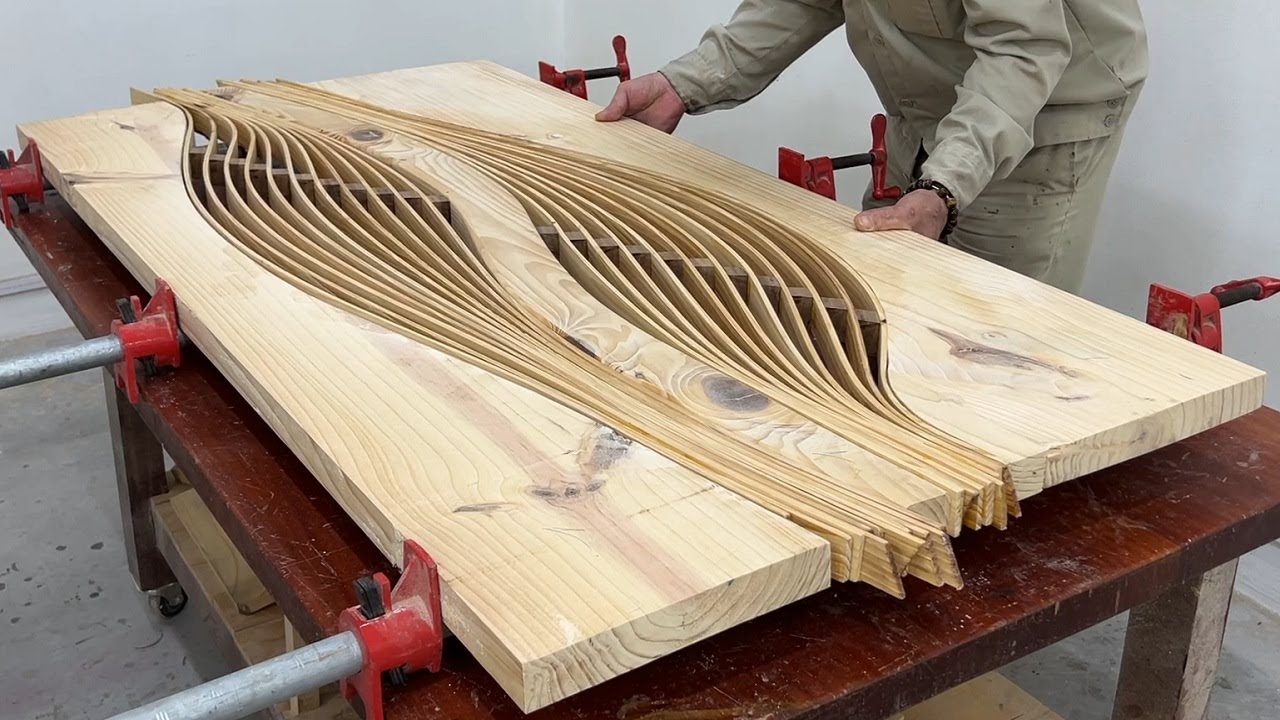
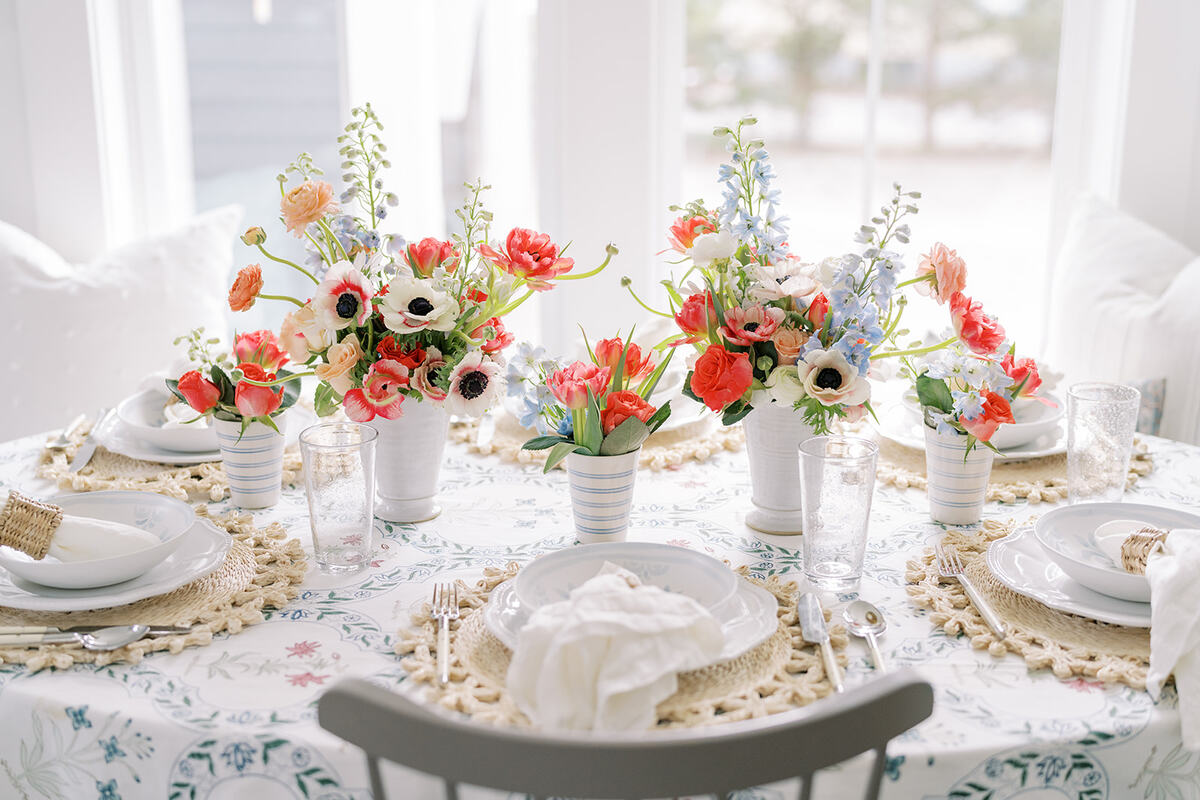
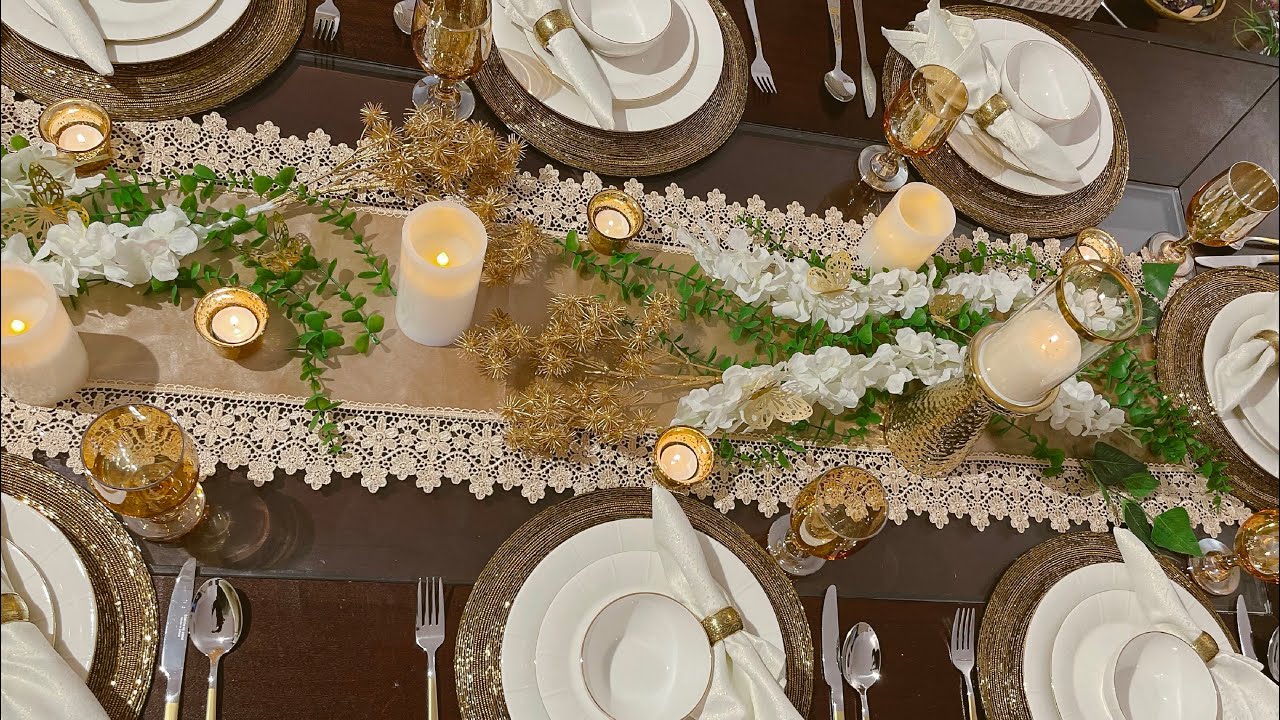
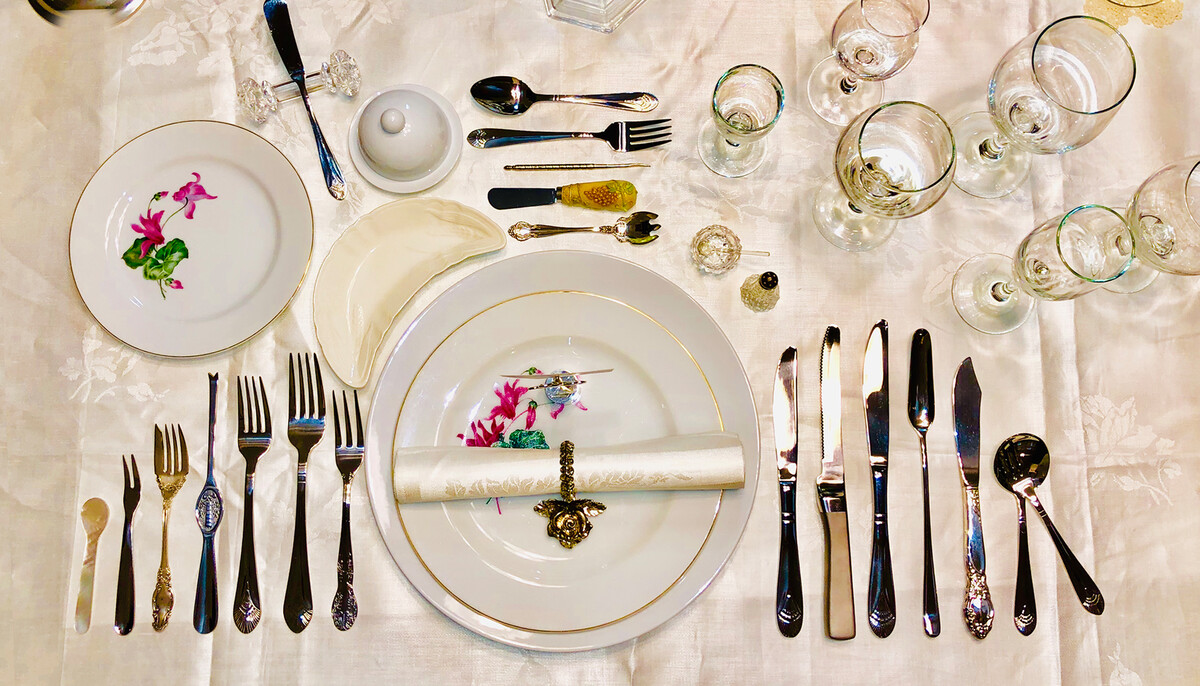
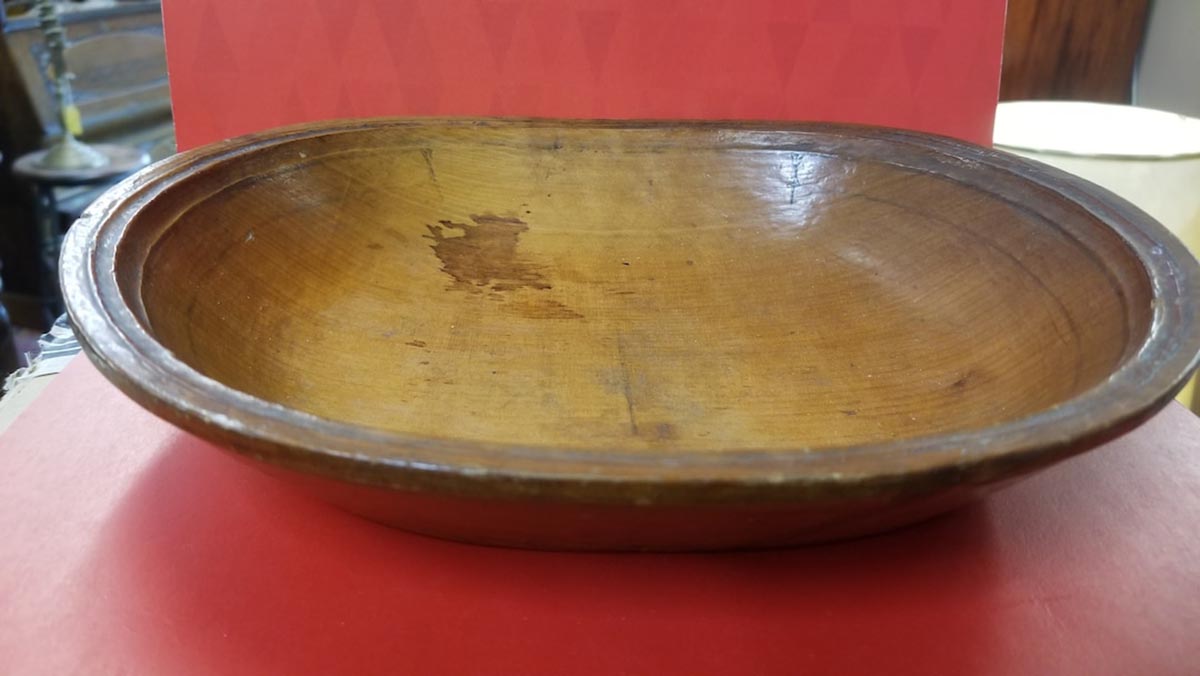
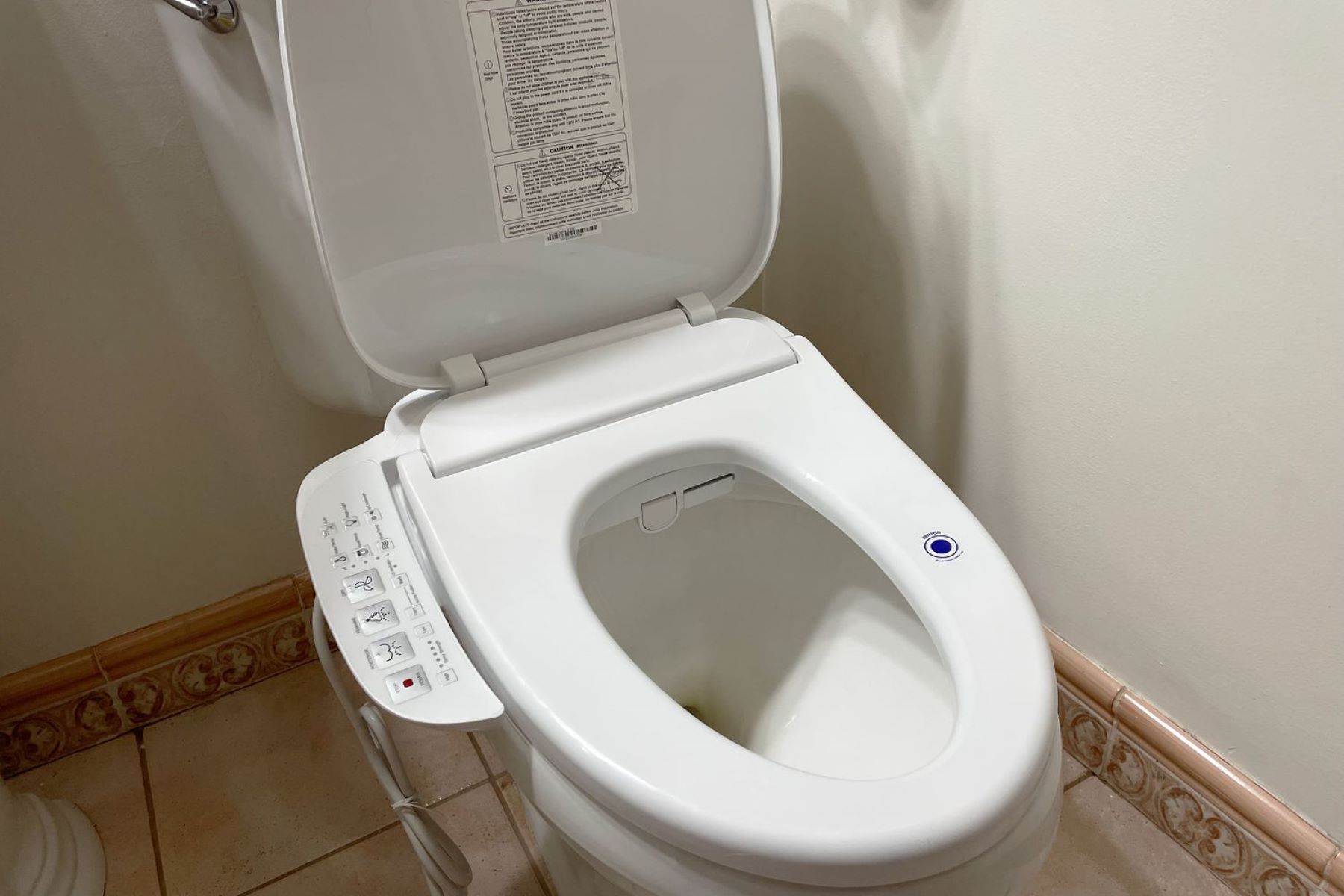


0 thoughts on “When Did Modern Table Settings Begin?”